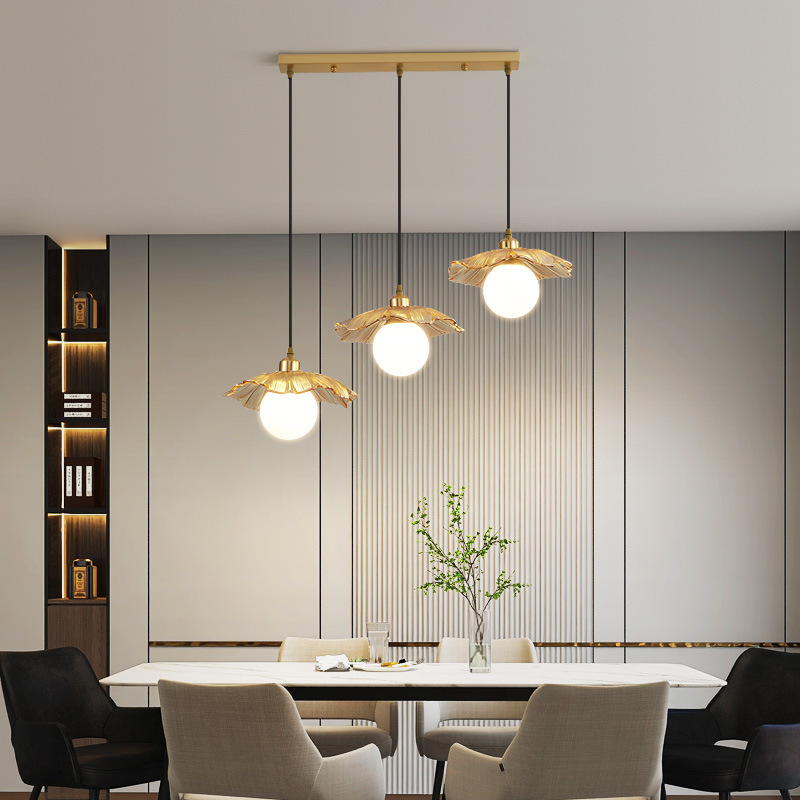Introduction
Bauhaus, the iconic art movement of the early 20th century, revolutionized the way we perceive design and has deeply influenced modern art and architecture. Founded in 1919 by Walter Gropius in Weimar, Germany, the movement lasted until 1933, when it was banned by the Nazi regime. However, Bauhaus left a lasting legacy that transcends borders and time, inspiring generations of artists, designers, and architects worldwide. In this article, we will explore the essence of Bauhaus, its key principles, and its remarkable legacy.
The Origins of Bauhaus
Bauhaus emerged at a time of great social, political, and artistic change in Europe. After the devastation of World War I, a new sense of optimism and desire for progress emerged. It was also a time of great experimentation and innovation in the arts. The central idea behind Bauhaus was to unite all forms of art, such as painting, architecture, sculpture, and craft, into a single, cohesive movement.
The founder of Bauhaus, Walter Gropius, was a young architect with a vision. He believed that design should serve a social purpose and that art should be accessible to everyone. He envisioned a school where artists, designers, and craftsmen would collaborate to create functional, aesthetically pleasing objects that could be mass-produced and affordable for the masses.
The Key Principles of Bauhaus
Bauhaus was built on a foundation of key principles that guided its artists and designers. The following were some of the core tenets of the movement:
Form Follows Function
According to Bauhaus, design should be functional above all else. Form should follow function, and every aspect of an object’s design should serve a specific purpose. This principle is still widely accepted among designers today.
Simplicity
Bauhaus prized simplicity and minimalism in design. This meant removing any unnecessary elements and focusing on the essential aspects of an object. This principle is especially evident in the architecture of the movement, featuring clean lines, flat surfaces, and neutral colors.
Mass Production
Bauhaus believed that art should be accessible to everyone, not just the wealthy elite. This led to a focus on mass production and industrial design. The movement sought to create beautiful, functional objects that could be efficiently produced and sold at a reasonable price.
The Legacy of Bauhaus
Despite being banned by the Nazi regime in 1933, Bauhaus continues to influence art, design, and architecture today. The movement’s revolutionary ideas and innovative techniques have shaped modern design, and many of its graduates went on to become world-renowned artists and designers in their own right.
One of the most significant legacies of Bauhaus is its influence on architecture. The movement’s focus on functionality and simplicity helped pave the way for modernist architecture, the most dominant form of architecture in the 20th century. Many notable architects, such as Le Corbusier and Mies van der Rohe, were heavily influenced by Bauhaus.
Bauhaus’s emphasis on mass production and industrial design also had a significant impact on the world of product design. The influence of Bauhaus can be seen in everyday objects such as furniture, appliances, and even cars.
The Impact on Education
Bauhaus’s approach to education was also revolutionary. The movement’s emphasis on collaboration, experimentation, and hands-on learning has had a lasting impact on art and design education worldwide. Many art schools today still use the methods and principles developed at Bauhaus.
The Influence on Graphic Design
Bauhaus also had a significant impact on graphic design. The movement’s emphasis on simplicity and clarity in design helped pave the way for modern graphic design. Many of the principles developed at Bauhaus are still widely used in graphic design today, such as the use of sans-serif fonts, clean lines, and minimal color palettes.




